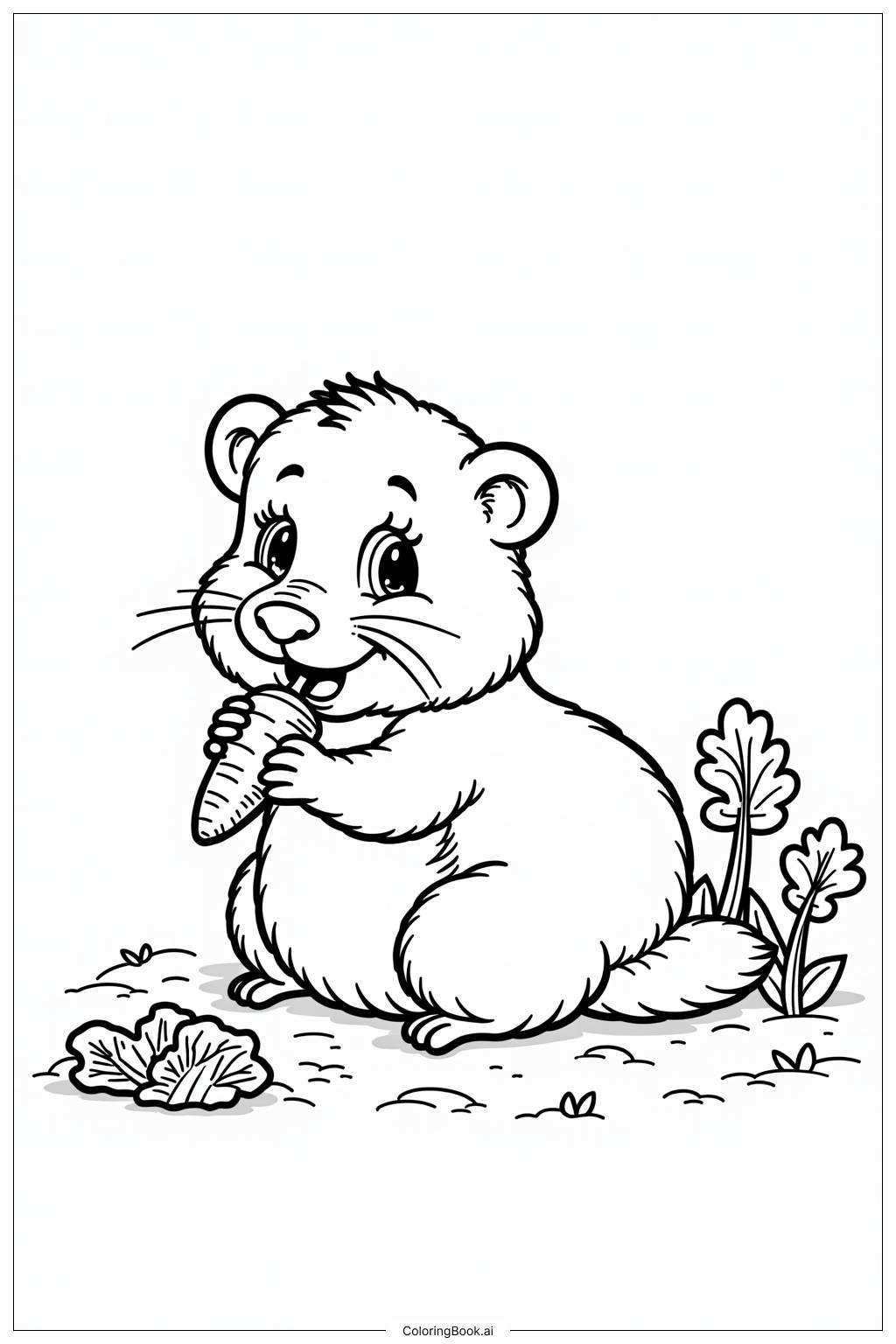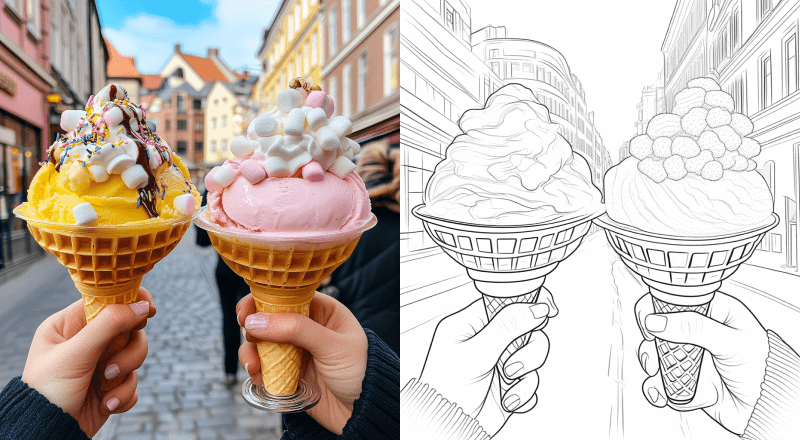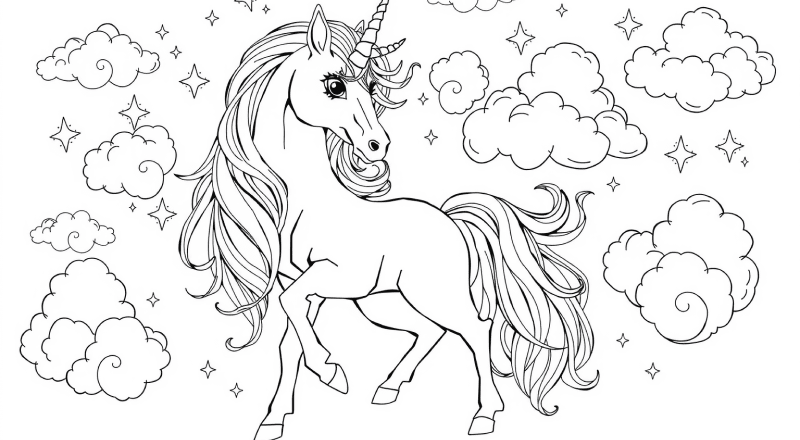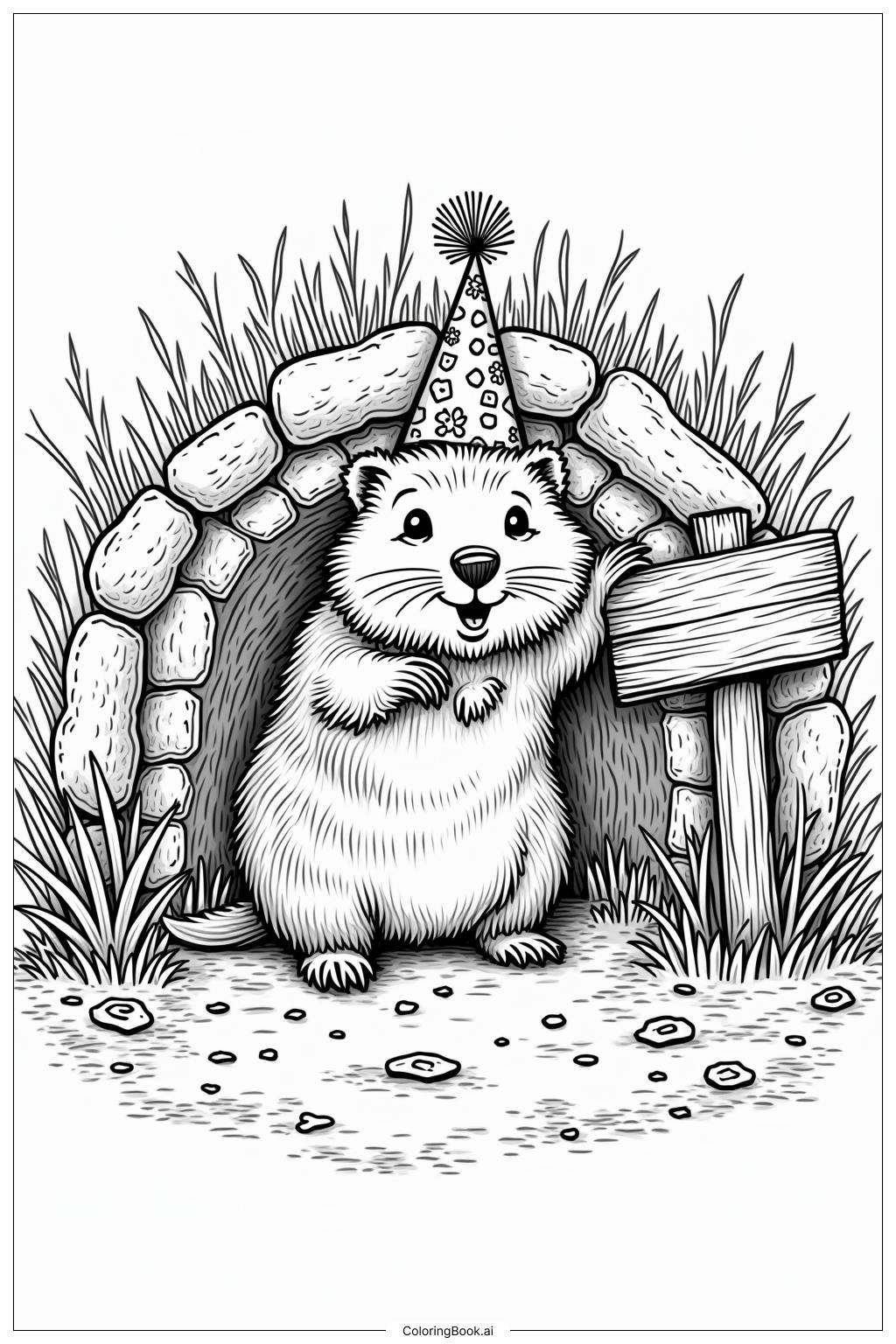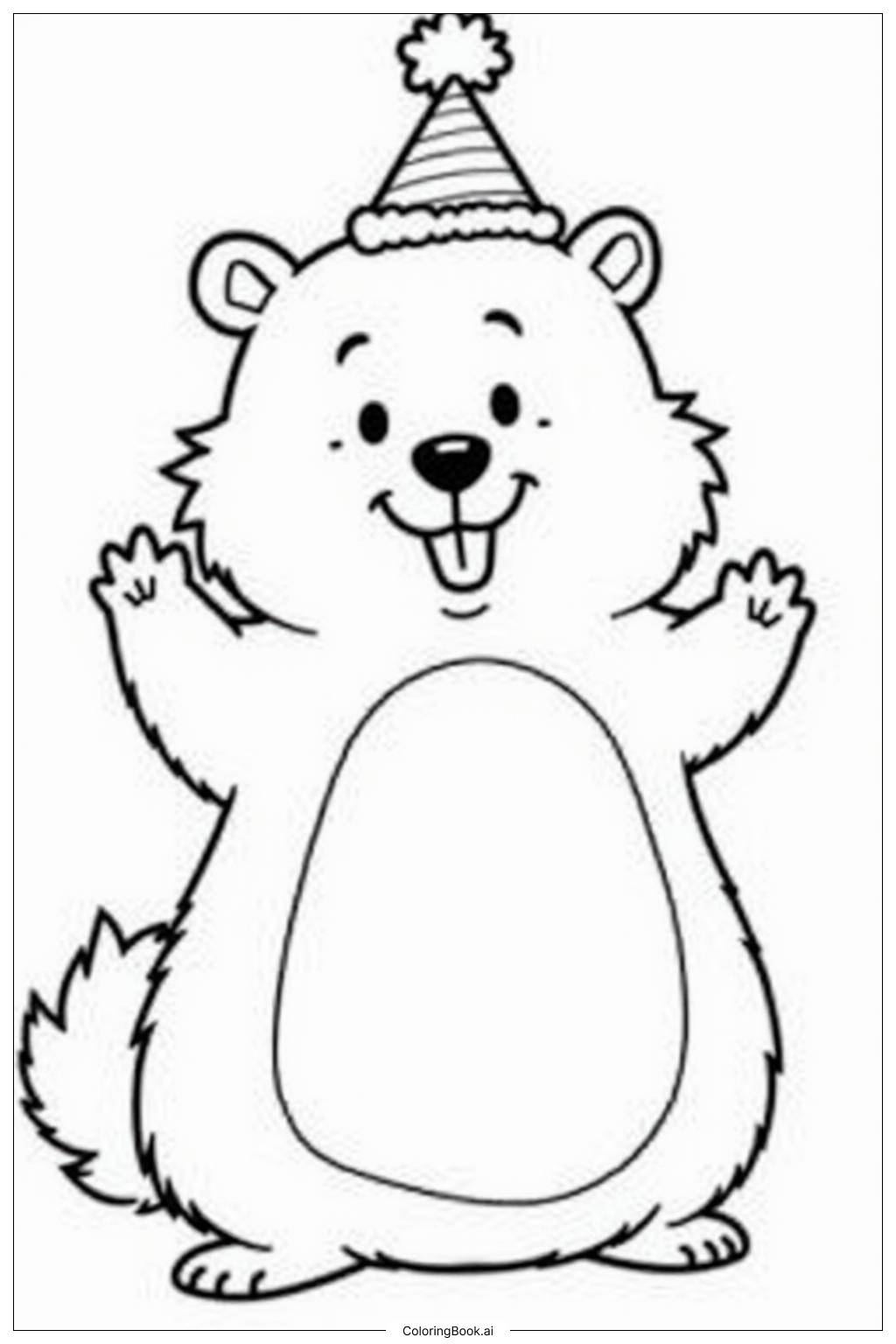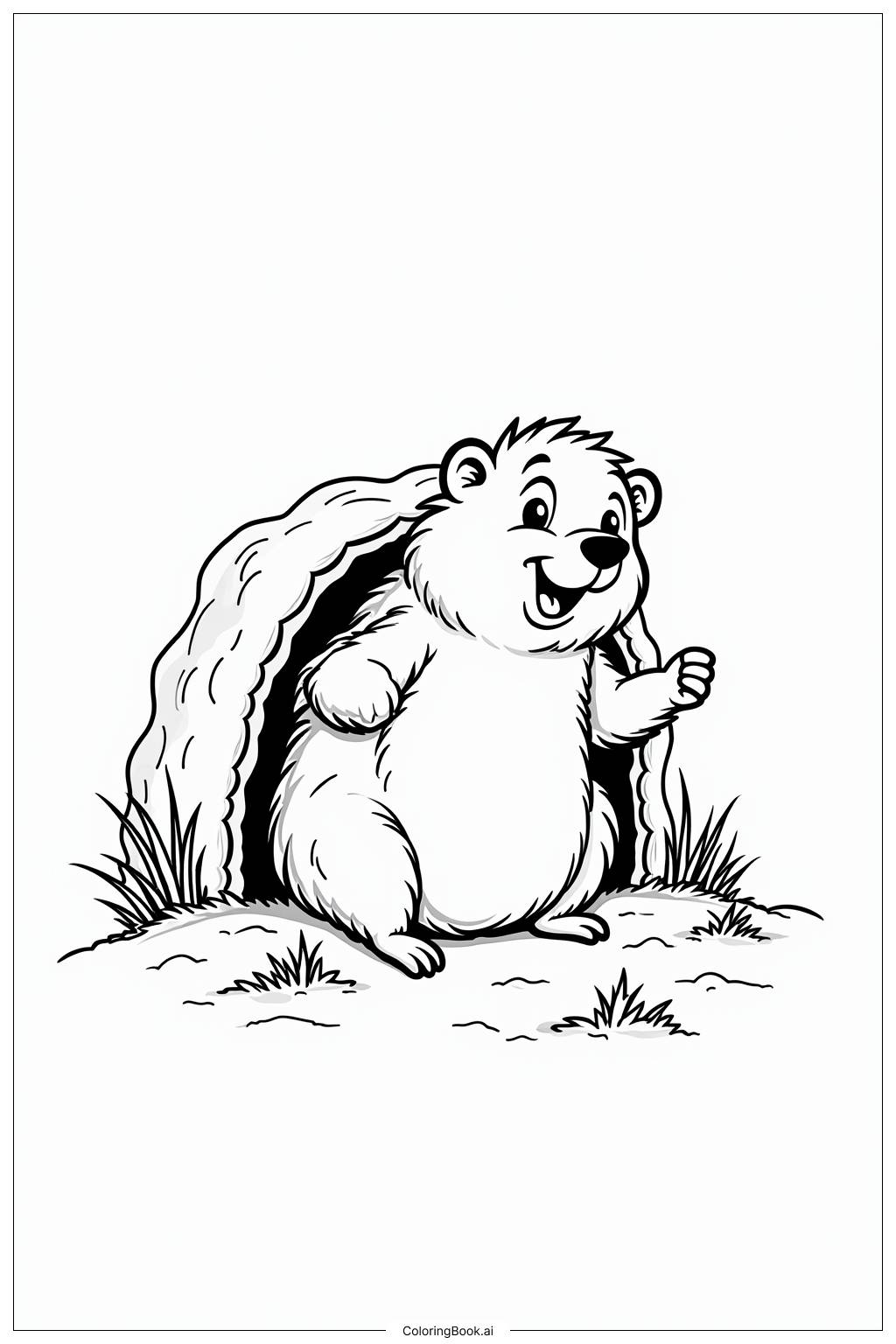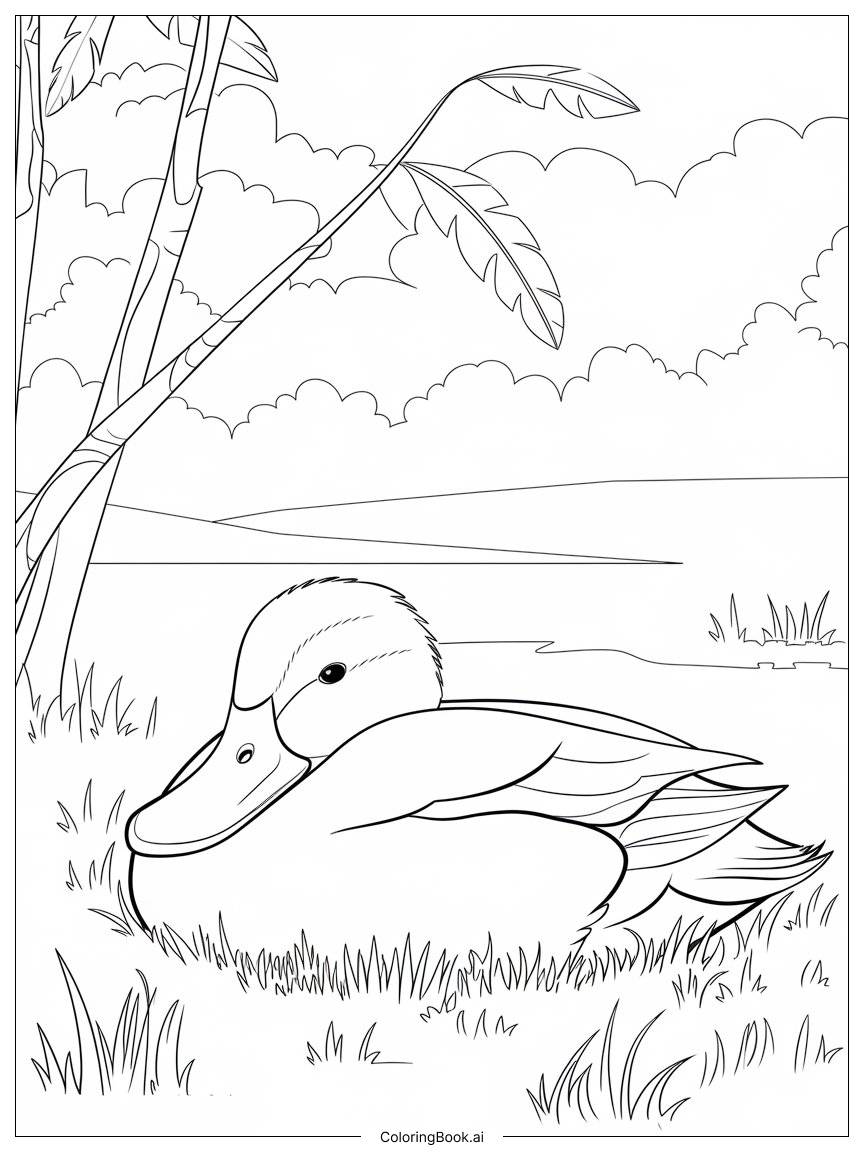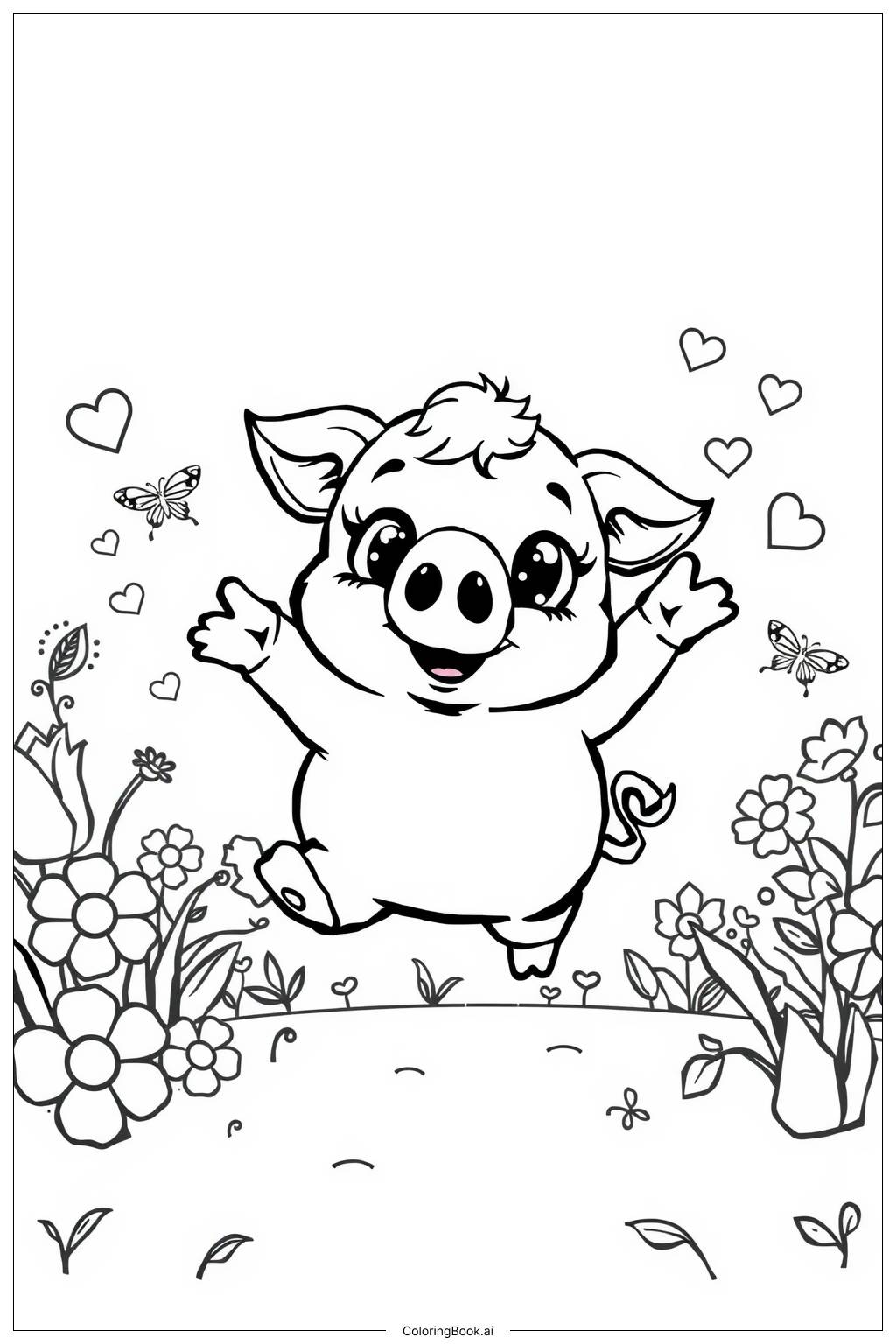Coloring tips: How to color Ground Hog Eating Vegetables coloring page well?
Use bright colors for the groundhog, like shades of brown or tan, to resemble its natural fur. You can color the carrot in vibrant orange, with green leaves on top. For the background, consider using green for the grass and various shades of green for the leafy vegetables. Adding shades of yellow or different colors can make the scene feel more lively. Don't forget to add some blue for the sky and maybe a few fluffy clouds!
Coloring challenges: Which parts are difficult to color and need attention for Ground Hog Eating Vegetables coloring page?
1. The groundhog's fur has different textures. Blending colors to create a fluffy appearance can be challenging. Try using lighter shades for highlights and darker ones for shadows. 2. The carrot has a distinct shape. To make it look realistic, pay attention to the shading. Make the top green part a lighter shade to show sunlight. 3. The leafy vegetables require careful coloring. Since they have intricate details, coloring within the lines may be difficult. Focus on adding different shades of green for depth. 4. The background elements, like grass and flowers, might seem overwhelming. Plan your colors ahead to avoid chaos and make it look organized. 5. If you want to add a sky, blending blue and white to create a gradient can be tricky but rewarding.
Benefits of coloring books: Advantages of drawing Ground Hog Eating Vegetables coloring page
Coloring this groundhog scene can be great fun! It helps develop fine motor skills, as kids practice holding crayons or pencils. They also learn to stay within the lines, improving their hand-eye coordination. Choosing colors allows children to express their creativity and imagination. This drawing encourages storytelling; kids can create different stories about the groundhog's day in the garden. Coloring can also be a calming activity, helping children to focus and relax. Overall, it's a wonderful way to enjoy art while learning valuable skills!
